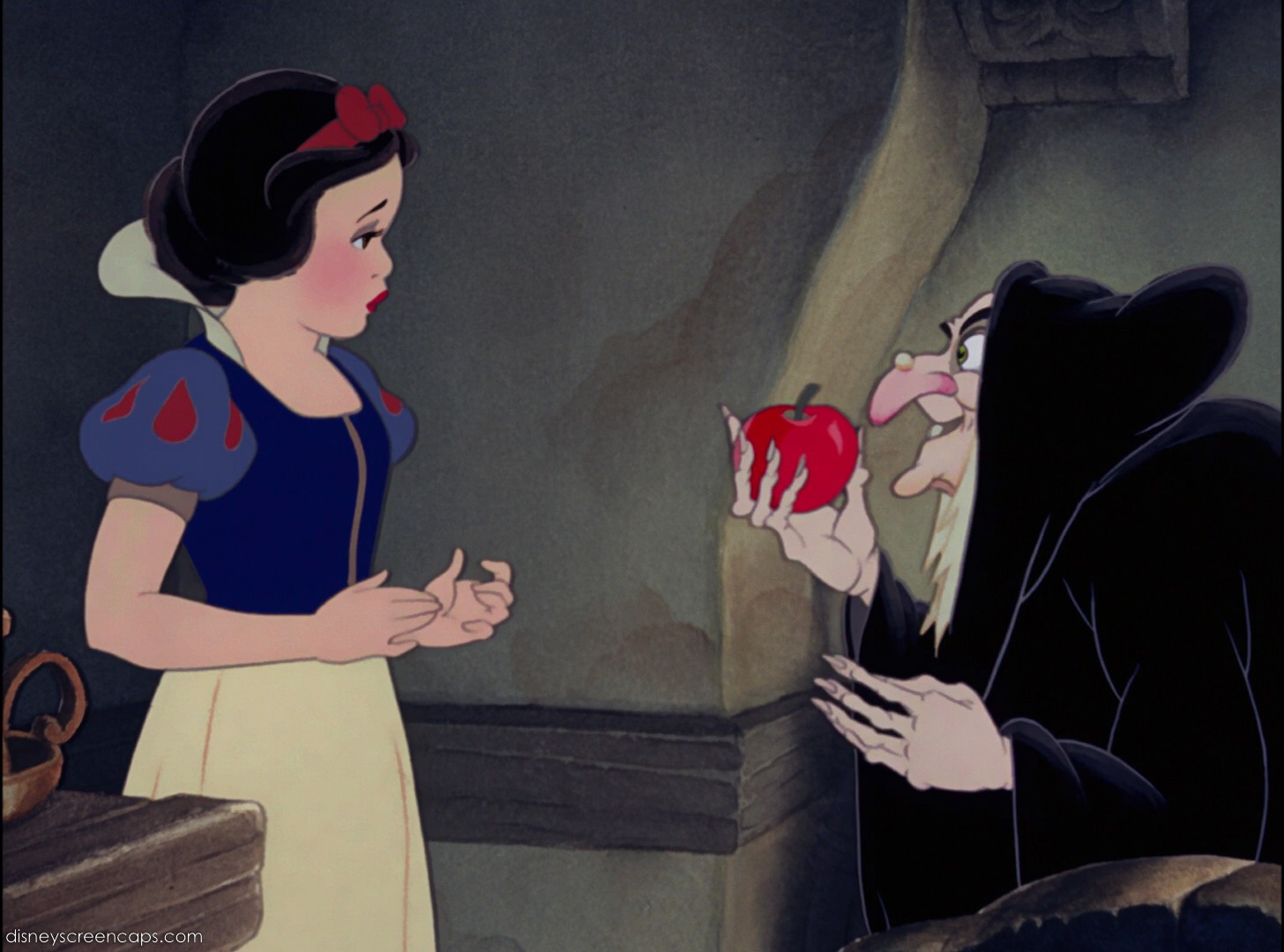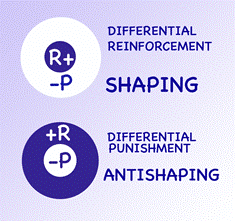There are two polarities of thought in the world of behavioral control.  That’s a problem. Behavior is not a one-dimensional phenomenon. It’s almost never a choice of positive or negative to solve a single behavior problem, let alone to guide a life. That is because it’s about the human or animal you are trying to teach or help. It’s not about your personal preferences or ideology. It’s not about your laziness or passion that causes you to be skilled with only one end of the spectrum. If you say the words reinforcement and punishment with any emotion, you shouldn’t be offering behavior services. If you use those two poles to guide your efforts you will paint yourself into a corner. Using an either/or mantra may put money in your pocket or elevate your status but it doesn’t help the person or animal who needs the help. Continue reading
That’s a problem. Behavior is not a one-dimensional phenomenon. It’s almost never a choice of positive or negative to solve a single behavior problem, let alone to guide a life. That is because it’s about the human or animal you are trying to teach or help. It’s not about your personal preferences or ideology. It’s not about your laziness or passion that causes you to be skilled with only one end of the spectrum. If you say the words reinforcement and punishment with any emotion, you shouldn’t be offering behavior services. If you use those two poles to guide your efforts you will paint yourself into a corner. Using an either/or mantra may put money in your pocket or elevate your status but it doesn’t help the person or animal who needs the help. Continue reading
Monthly Archives: September 2015
Anti-Shaping and Distorted Logic:
 Shaping is the use of positive reinforcement to arbitrarily strengthen a behavior. The process includes positive reinforcement for a specific behavior which, when it emerges, is called an operant. The term is used to describe a positive reinforcement procedure. The problem is that unless an absence of reinforcement for all “other” behaviors occurs, a discrete operant cannot form. To accurately describe the process one must include the effects of negative punishment for “other” behaviors. However, that is never done. The effects of negative punishment are assumed but not stated.
Shaping is the use of positive reinforcement to arbitrarily strengthen a behavior. The process includes positive reinforcement for a specific behavior which, when it emerges, is called an operant. The term is used to describe a positive reinforcement procedure. The problem is that unless an absence of reinforcement for all “other” behaviors occurs, a discrete operant cannot form. To accurately describe the process one must include the effects of negative punishment for “other” behaviors. However, that is never done. The effects of negative punishment are assumed but not stated.
By contrast, DRO is shorthand for differential reinforcement of other behavior. It is the process of applying negative punishment to a single behavior and positive reinforcement for any other behavior. This is the logical opposite of shaping. To be accurate, for whatever shaping may be, DRO is anti-shaping – a symmetrical process applying opposite behavioral effects. The relationship of a single behavior receiving one behavioral polarity and all other behaviors receiving the other behavioral polarity is identical. The language of behavior analysis does not reflect this.
Restraint: Violence for Violence, Forever and Ever, Amen.
In the world of veterinary medicine, shelter management, police enforcement of civil laws and modern behavioral treatment of the mentally disabled, restraint is an acceptable response to violence. If a dog, cat or human attempts to initiate violence they will be subdued. The problem is that such restraint does not prevent the violence from occurring in the future. In the case of mentally disabled animals and humans, it may lead to a perpetual nightmare of attack and defense that never goes away. Imagine how a person incapable of controlling their behavior internally responds to being jumped by thugs on a daily basis, ad infinitum. My question is, why is such restraint acceptable? It is risky, reactive, chaotic and dangerous. It triggers fear (and often escalates the violence) and can cause pain and damage, no matter how careful the restrainer may be. The literature of behavior analysis and common objective observation of nature suggests that contingent punishment can stop or dramatically reduce such violence. That is almost never mentioned and is opposed, routinely. That generates some interesting questions.
Distortion sold as reality. Gun Un-safety through Behavioral Science.
In the clip from Dateline’s series, My Kid Would Never Do That, in the episode about child gun safety, Dr. Ray Miltenberger (PhD., Board Certified Behavior Analyst) was the behavior analyst interviewed – called Dr. Ray. In the abbreviated public clip to promote his methods for child gun safety, there is a serious distortion. (The first link, below) One vignette shows three boys approaching the table. They then run away to tell an adult. That looks like success, but that isn’t the full story.
Continue reading
Keeping the Sucker in the Game: A Poker Lesson for Dog Trainers
 To create a behavior with positive reinforcement there must be a minimum pay-off to keep the animal working. No matter what else you do, you must always remember to pay attention to the dog’s willingness to work. If you do that, you will have great latitude in how you run the process. For instance, many trainers attempt to always create “clear communication” so the dog learns in the least number of repetitions and is never confused. This goes back to B.F. Skinner’s only suggestion for creating behaviors – successive approximation. The idea is that you give tiny bits of information from repetition to repetition and the animal eventually gets to more complex behavior. That is like playing solitaire rather than Poker.
To create a behavior with positive reinforcement there must be a minimum pay-off to keep the animal working. No matter what else you do, you must always remember to pay attention to the dog’s willingness to work. If you do that, you will have great latitude in how you run the process. For instance, many trainers attempt to always create “clear communication” so the dog learns in the least number of repetitions and is never confused. This goes back to B.F. Skinner’s only suggestion for creating behaviors – successive approximation. The idea is that you give tiny bits of information from repetition to repetition and the animal eventually gets to more complex behavior. That is like playing solitaire rather than Poker.
Continue reading
